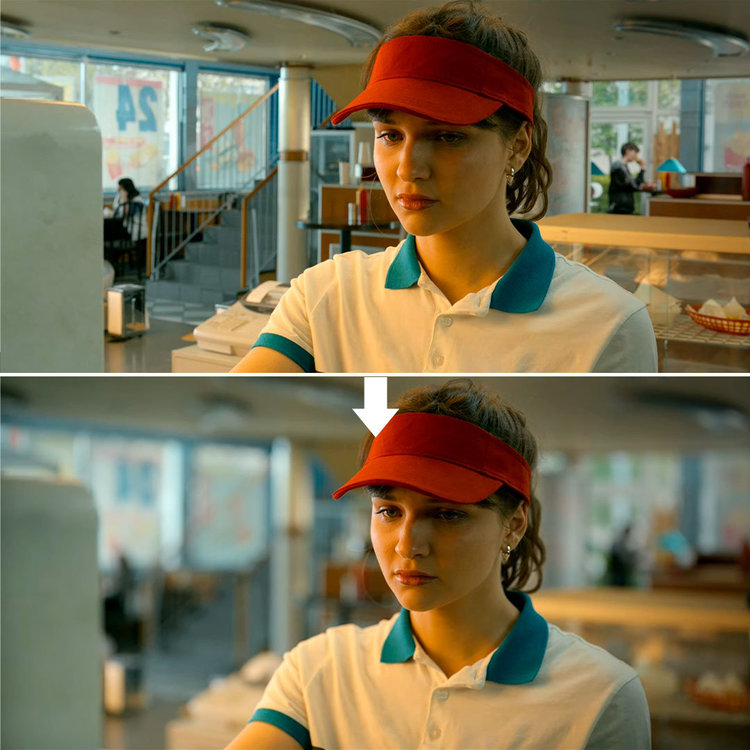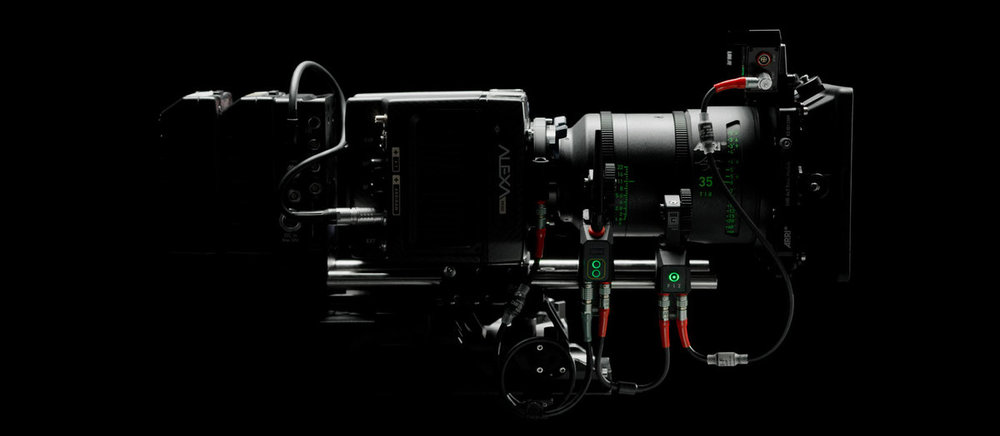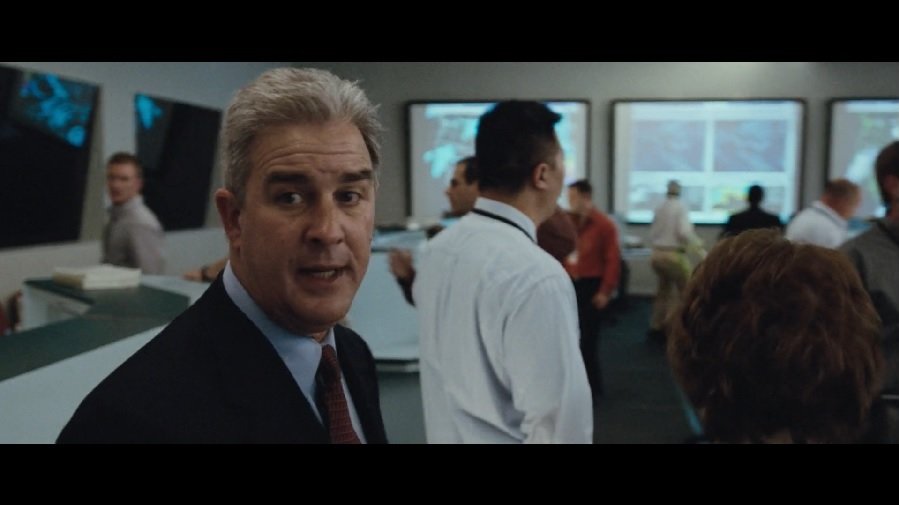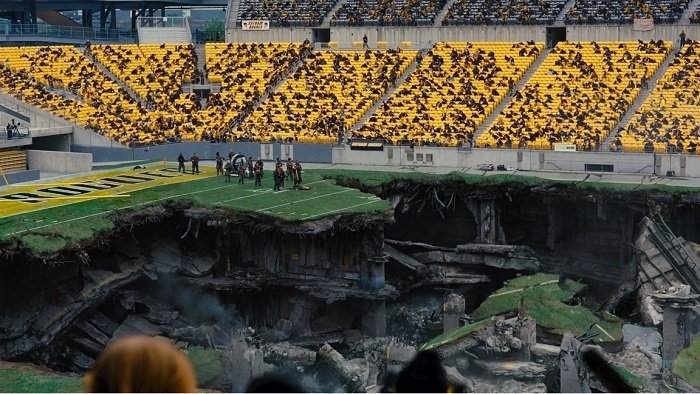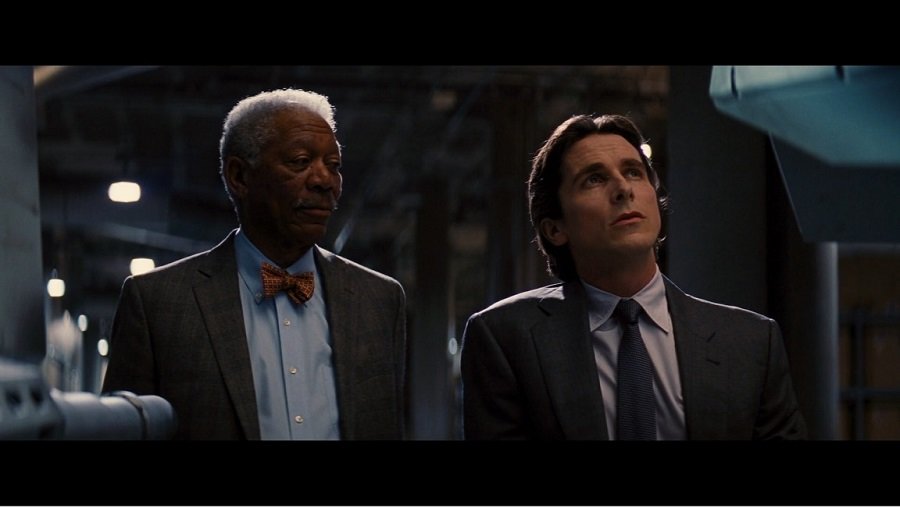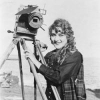Search the Community
Showing results for tags 'storytelling'.
-
The novel Cinefade VariND has been available for over a year now and there are some great examples of how cinematographers have used the variable depth of field effect in narrative storytelling and commercials (Examples). It's still a new effect though and I'm wondering how else you would use the Cinefade in your post-covid projects? Reveal a bad guy lurking in the background by extending depth of field? Combine with a Dolly Zoom effect? Let's get creative...
- 2 replies
-
- depth of field
- storytelling
- (and 11 more)
-
Hi everyone, Again with some fundamentals about storytelling, with no doubt camera movements have a lot of effects on storytelling (dolly, Truck, panning, tilting, sliding, steadycam,..) or Handheld, how does camera movements effect the storytelling, what are the meaning of all those movements ? whats the difference for example between moving the camera toward the subject face in a fast way or in a slow way? when we use the camera steady on a tripod and when we slide it slowly ? what the difference between for example shooting an OTS handheld or steady on tripod or Sliding it ? there is a lot of camera movements does any one can advice on a book or an article discuss all those movements with their meanings please. Attached is screen shot from United 93, a very realistic movie from Paul Greengrass when he shot most of it handheld.
- 7 replies
-
- storytelling
- camera
-
(and 3 more)
Tagged with:
-
Hi everyone, I am a very new "Cinematographer/director" I have no experience and I am trying to learn some fundametals, some of the questions come to my mind about frame Aspect ratio, Why would a Cinematographer choose 16:9 over 2.35:1 for example or vise versa ? and how does this effect the story? And there is some movies where you can see both of tha aspect ratio like for example Chris Nolan's Batman the dark knight rises where he used 35 mm in most of the movie where the aspect ration are 2.35:1 or so and Imax 65 or 70 mm in a lot of the scenes where the aspect ratio is 16:9. doesn't this effect the harmony of the film ?? Screen shots from Batman the dark knight rises
- 24 replies
-
- Aspect Ratio
- storytelling
-
(and 1 more)
Tagged with:
-
My goal is to be a master at visual storytelling. I'm captivated by light and shadow, by using moving images to share an idea. I'm a novice filmmaker and have a long way to go before I'm an expert at any aspect of filmmaking -- but the passion and commitment to learn are ever present. What avenues of education and experience do you believe lead to a greater understanding of visual storytelling through film? What are your most powerful memories or impressions of making a film? How have those moments shaped or guided you as a filmmaker? Thank you in advance for what you have to share. I'm excited to learn and grow! Holly


